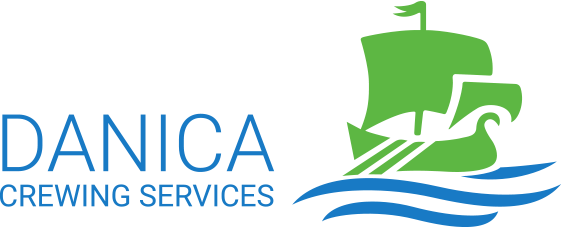Crews from around the world
Danica Crewing Specialists is able to supply your ships with a range of competent crew of many different nationalities.
Here is some information to help you decide who best suits your needs.
Türkiye fact sheet

Location
Transcontinental country bridging Europe and Asia; coasts on the Black Sea, Aegean, and Mediterranean
Area
783,562 km²
Population
~85.7 million (2025 est.)
Capital
Ankara
Currency
Turkish Lira (TRY)
Official language
Turkish
Seafaring workforce
~38,000 officers, ~96,000 ratings — total ~134,000 active seafarers (2025 est.) Source note: Figures for ~38,000 officers and ~96,000 ratings (around 134,000 active seafarers) are based on combined data from the Turkish Ministry of Transport and Infrastructure – Directorate General of Maritime Affairs, the Chamber of Shipping industry reports, and sector estimates for 2025.
Maritime education
STCW-compliant academies: Istanbul Technical University, Piri Reis University, Dokuz Eylül University, Karadeniz Technical University, Bandırma Onyedi Eylül University
Vessel types served
Bulk carriers, container ships, tankers (crude/product/chemical), LNG/LPG, Ro Ro/passenger, offshore support vessels, drillships
Deep sea drilling capabilities
National drillship fleet includes Fatih, Yavuz, Kanuni, Abdülhamid Han; seismic vessels: Oruç Reis, Barbaros Hayreddin Paşa
Other offshore assets
Diverse support fleet for exploration, subsea, and logistics operations
Key maritime cities
Istanbul, İzmir, Mersin, Trabzon, Samsun, Kocaeli
Maritime strengths
Strong shipbuilding/repair clusters, strategic straits (Bosphorus & Dardanelles), experienced multinational crews
Port and logistics
“From Çaka Bey’s first Turkish fleet in 1081 to the Ottoman naval dominance under Barbaros Hayreddin Paşa, Türkiye’s maritime identity was forged through shipbuilding, cartography, and decisive battles like Preveza (1538), which is commemorated as Navy Day. Centers such as Karamürsel, İzmit, Gallipoli, and the Imperial Istanbul Shipyard anchored early naval organization and propelled figures like Piri Reis, whose Kitab ı Bahriye mapped the Mediterranean’s currents, ports, and hazards for mariners.
The Ottoman maritime system evolved through the Derya Bey and Kapudan ı Derya eras into a modern naval ministry, sustaining campaigns from the Mediterranean to the Red Sea and Indian Ocean. Despite setbacks in the late empire period, the republic rebuilt maritime institutions, expanding naval education and shipyards. Today, this heritage is visible in Türkiye’s active merchant marine, shipbuilding clusters, and a national offshore exploration fleet that underscores a continuous seafaring tradition6.
Straddling critical sea lanes, Türkiye’s ports and the Turkish Straits remain among the world’s pivotal maritime corridors, reinforcing a culture where seamanship, coastal trade, and naval service are interwoven with national identity and economic strategy.”
